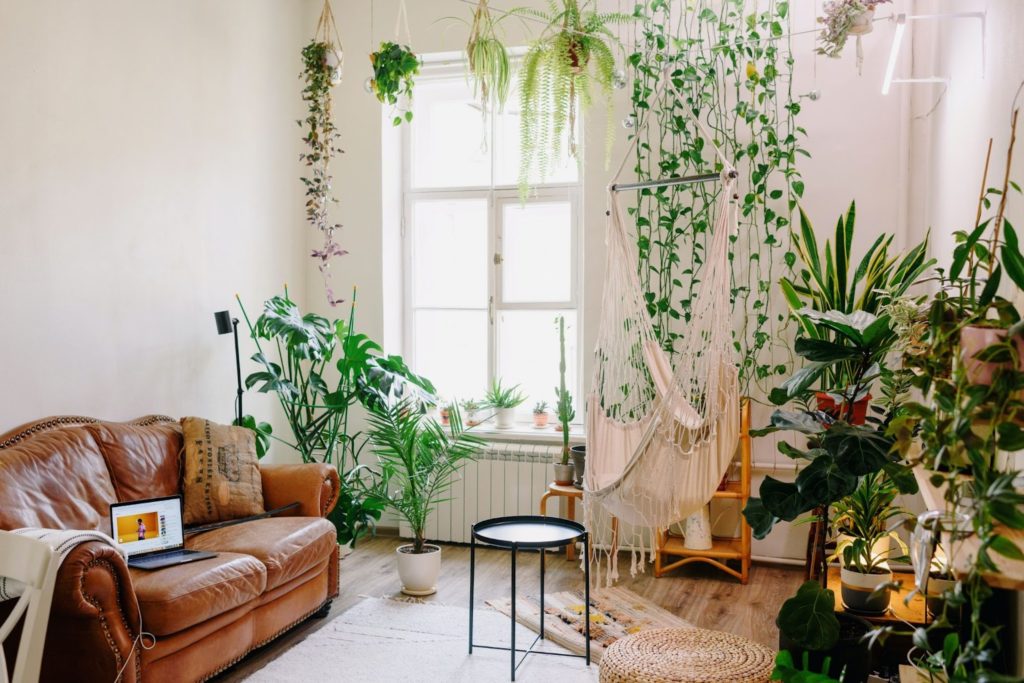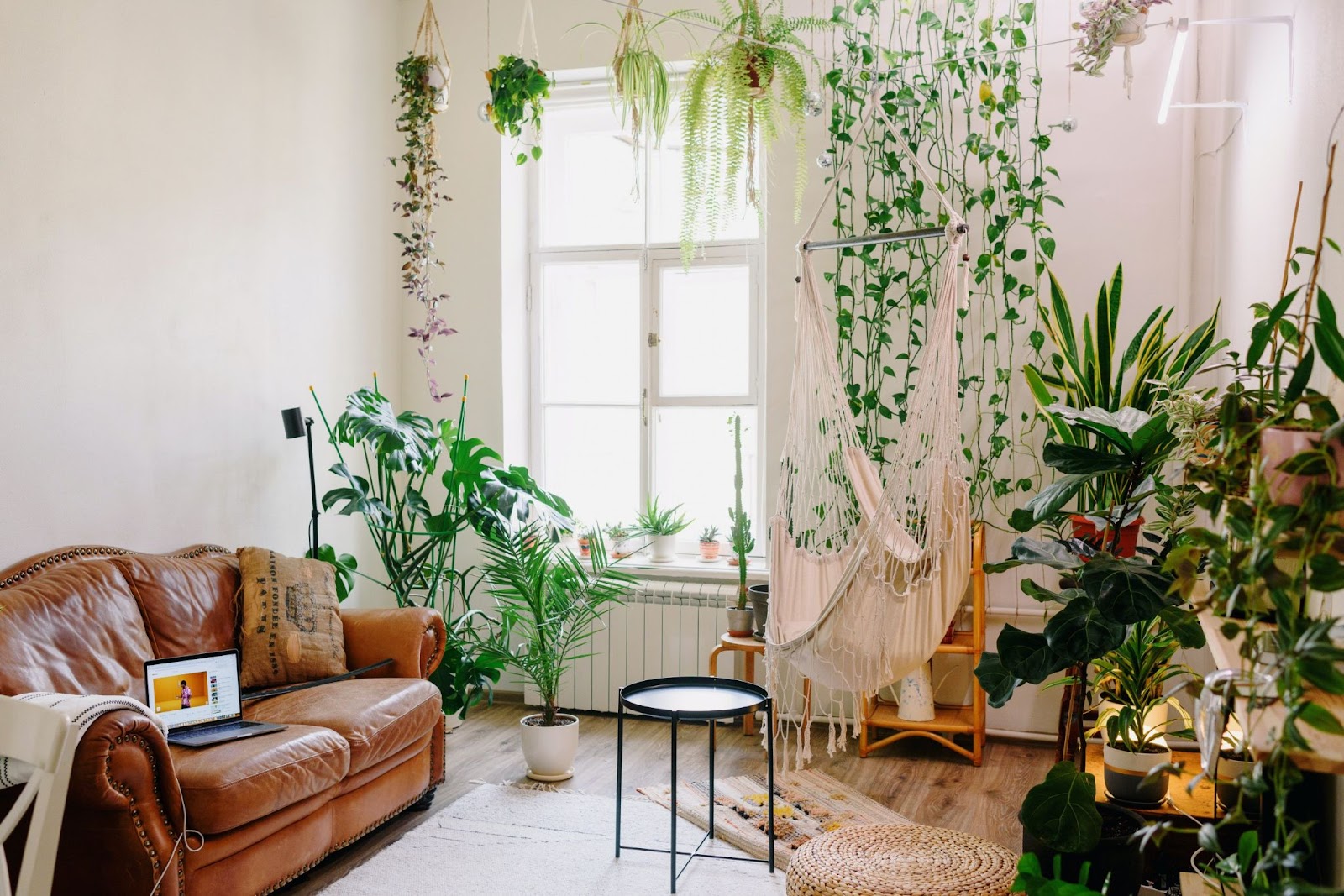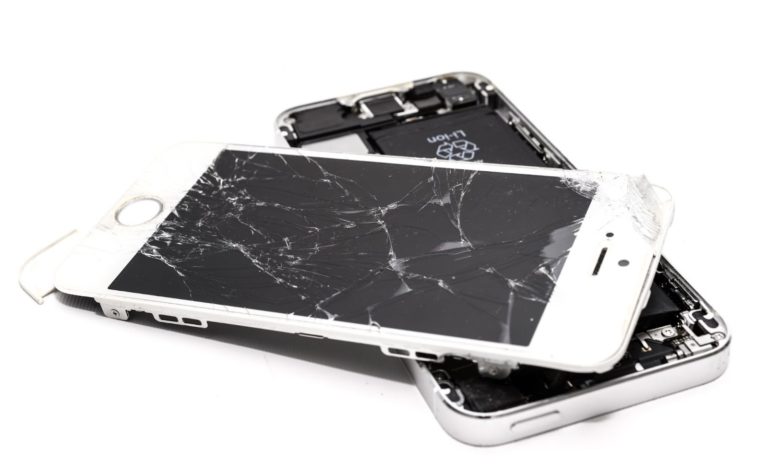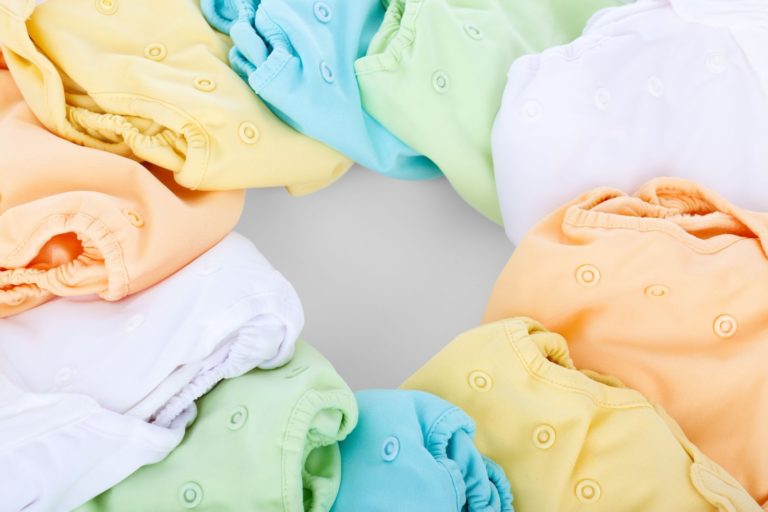Eco-Friendly Home Interior Design: Sustainable Materials For A Healthy Planet

As the world becomes increasingly aware of the need to protect our environment, sustainable interior design materials are becoming more popular. This is because they offer a way to reduce our impact on the planet without sacrificing style or comfort.
There are many sustainable materials available for use in interior design, including bamboo, cork, wool, and even recycled glass. These materials are not only environmentally friendly, but also stylish and durable.
If you are interested in sustainable interior design, there are many resources available to help you choose the right materials for your home. You can start by doing some research online or talking to a local interior designer.
What is Sustainable Interior Design?
Sustainable interior design is the practice of designing indoor spaces in a way that minimizes the negative environmental impact of the building and its occupants. It takes into account the entire life cycle of a building, from its construction and materials to its eventual demolition or deconstruction.
The goal of sustainable interior design is to create indoor spaces that are healthy for both the occupants and the environment. Sustainable design strategies can be applied to both new construction and renovation projects.
One of the most important aspects of sustainable interior design is the selection of materials. Sustainable materials are those that are sourced from renewable or recyclable resources. They are also typically low in toxins and emissions.
In addition to using sustainable materials, sustainable interior designers also focus on energy efficiency. Energy efficient lighting, heating, and cooling systems can save a significant amount of energy and money over the lifetime of a building.
Sustainable interior design is an important part of creating a healthy and sustainable built environment. By taking into account the entire life cycle of a building, from construction to deconstruction, sustainable interior designers can make a positive impact on the environment and the occupants of a building.
The Benefits of Sustainable Interior Design
There are many benefits to sustainable interior design. Here are just a few:
- Sustainable interior design is good for the environment: When you use sustainable materials, you are helping to reduce your carbon footprint. You are also helping to conserve resources. Sustainable interior design is a great way to be eco-friendly and to do your part to help the environment.
- Sustainable interior design is good for your health: The materials used in sustainable interior design are often natural and non-toxic. This means they are better for your health. They can help you avoid harmful chemicals and toxins that can be found in some traditional building materials.
- Sustainable interior design is good for your wallet: Sustainable materials are often more expensive than traditional materials. But, they will last longer. This means you won’t have to replace them as often. In the long run, sustainable interior design can save you money.
- Sustainable interior design is good for the economy: When you buy sustainable materials, you are supporting local businesses. You are also helping to create jobs. Sustainable interior design is good for the economy and good for the environment.
- Sustainable interior design is good for your community: When you use sustainable materials, you are helping to build a more sustainable community. You are also helping to support local economies. Sustainable interior design is good for your community and good for the environment.
The Materials Used in Sustainable Interior Design
When it comes to sustainable interior design, there are a few key materials that you can use to create an eco-friendly home.
- Bamboo: Bamboo is a sustainable material that can be used for a variety of purposes in your home. It is strong and durable, making it ideal for flooring, furniture, and other home decor. Bamboo is also a great material for eco-friendly homebuilding as it is a rapidly renewable resource.
- Cork: Cork is another great sustainable material for your home. It is durable, water-resistant, and has a unique look that can add character to your space. Cork is also a great insulator, making it ideal for use in eco-friendly homes.
- Recycled Glass: Recycled glass is a beautiful material that can be used for a variety of purposes in your home. It is environmentally friendly, as it is made from recycled materials. Recycled glass is also very strong and durable, making it a great choice for countertops, floors, and other home decor.
- Linoleum: Linoleum is a sustainable material that is made from natural materials like linseed oil and wood flour. It is a great choice for eco-friendly homes as it is durable, easy to clean, and has a variety of uses. Linoleum is also anti-static, making it a great choice for use in homes with electronic equipment.
The Process of Sustainable Interior Design
Sustainable interior design is a process that takes into account the impact of the materials used, the energy consumption of the space, and the overall impact on the environment. By following these six steps, you can create an interior space that is not only aesthetically pleasing, but also environmentally friendly.
- The first step in sustainable interior design is to select materials that are environmentally friendly. This means choosing materials that are made from sustainable sources, such as bamboo or cork. It also means selecting materials that are low in toxins and chemicals.
- The second step is to select furniture and fixtures that are energy efficient. This means choosing items that use less energy to operate, such as LED light bulbs.
- The third step is to select paint and finishes that are low in toxins and chemicals. This means choosing products that do not release harmful chemicals into the air.
- The fourth step is to select window treatments that are energy efficient. This means choosing products that block out the sun’s rays, such as blackout curtains.
- The fifth step is to select flooring that is made from sustainable materials.
- The sixth and final step is to select accessories that are made from sustainable materials.
Bottom line: The Future of Sustainable Interior Design
The future of sustainable interior design is looking bright. With more and more people becoming aware of the importance of sustainability, there is a growing demand for sustainable interior design solutions.
This is good news for interior designers, as they will be able to find plenty of work in this field. However, it is important to remember that sustainable interior design is not just about using eco-friendly materials.
It is also about creating spaces that are comfortable and functional for people to live and work in. With the right approach, sustainable interior design can help to create a better future for us all.






